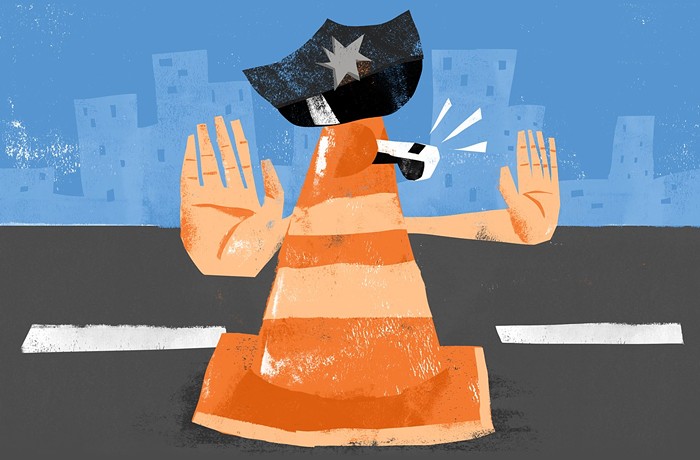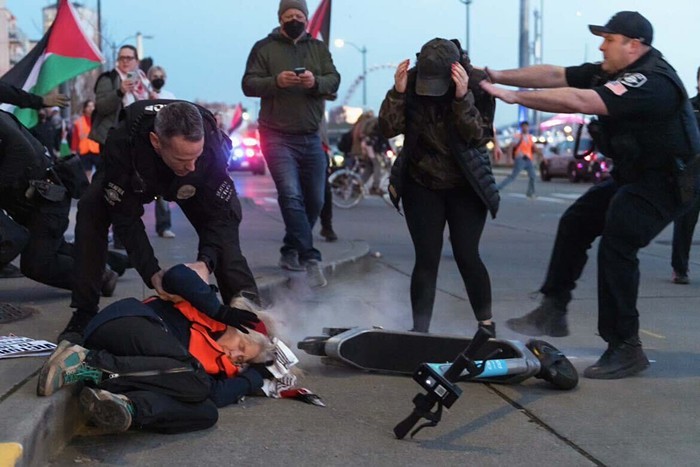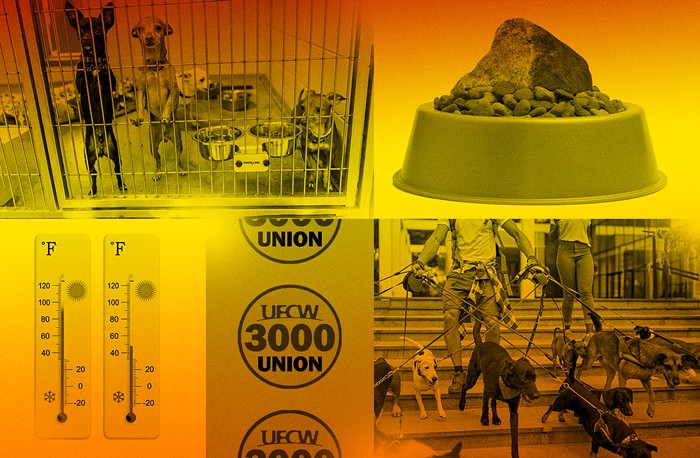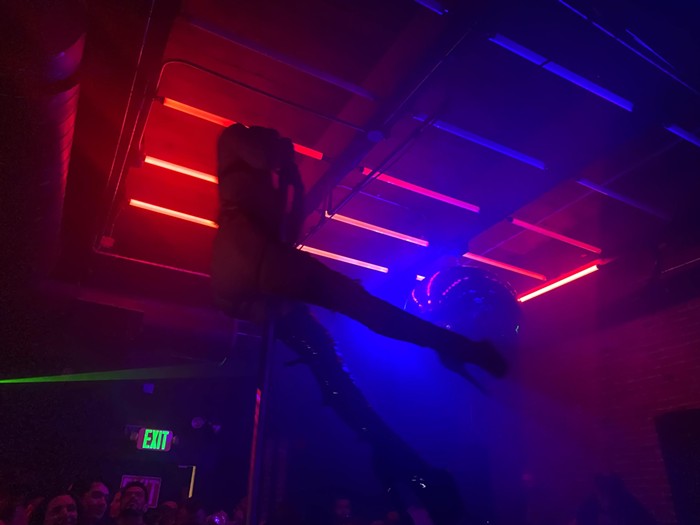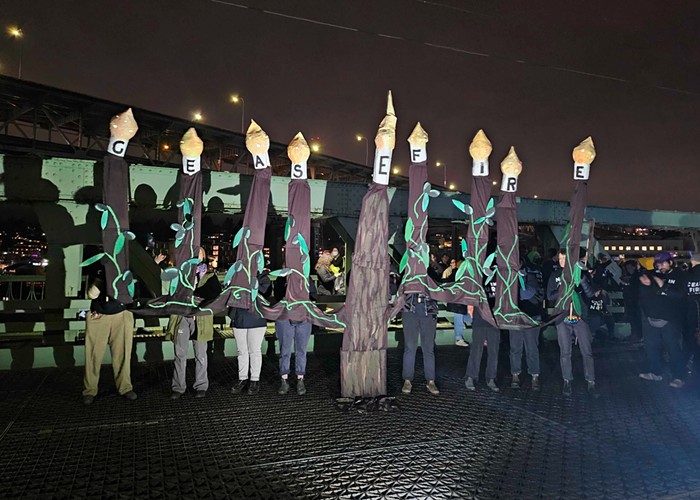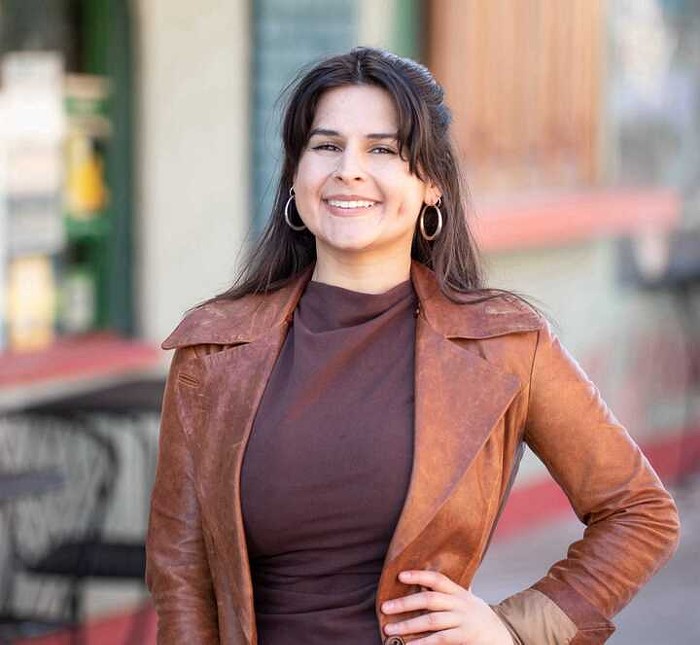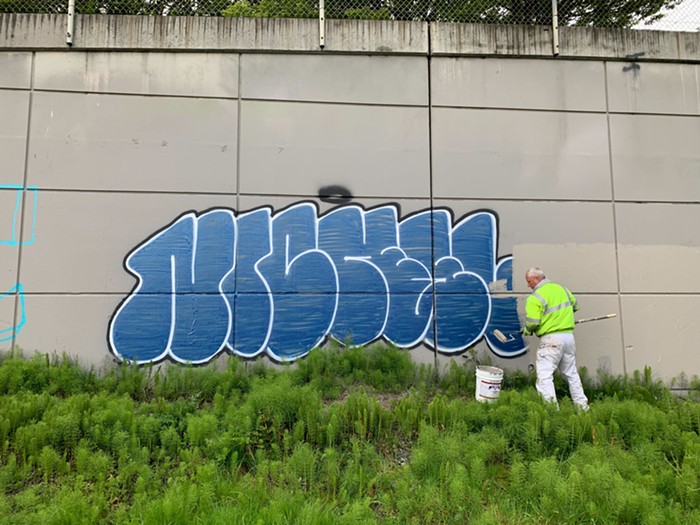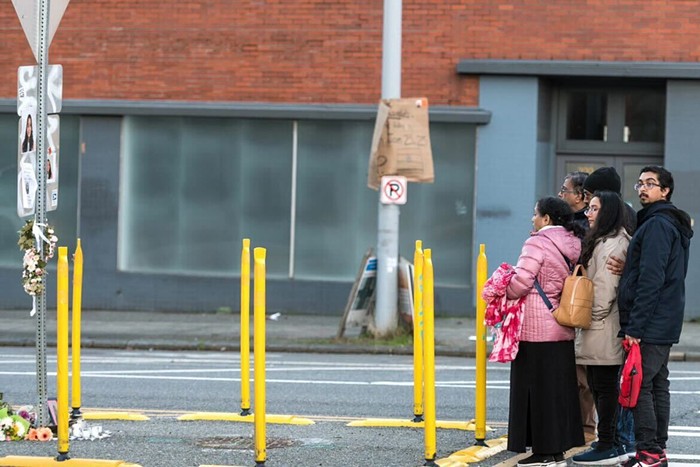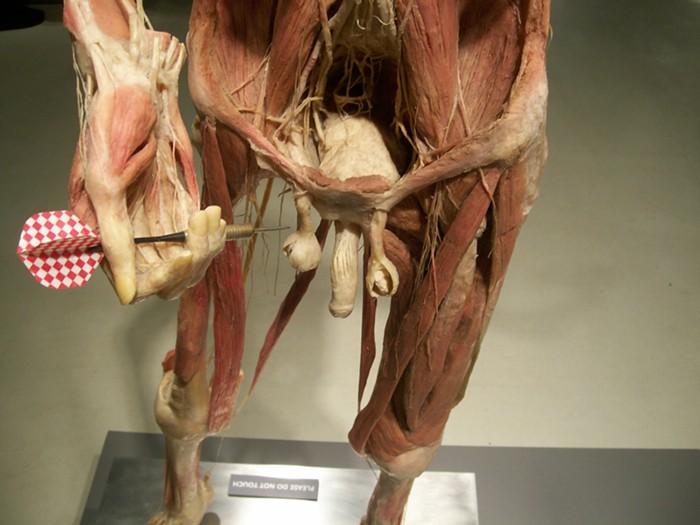
On Monday, Mayor Ed Murray called a last-minute press conference to announce that the city would finally offer $650,000 to 23rd Avenue businesses that have been pummeled by ongoing construction in the area. But the speech (and the offering) also came with a footnote.
"Some have said this project was intended as a way to push African American businesses and individuals out of the Central Area and to set a stage for gentrification," Murray told reporters Monday. "This is a very serious allegation made by the head of the NAACP. We must take these allegations seriously. It is time to call the question on what the community believes we should do."
To "call the question," Murray said his administration would analyze the project "through the lens of a race and social justice tool" and if "the community believes this project hurts the community, I will shut it down."
While the NAACP has indeed been sharply critical of the city's handling of the 23rd Avenue project, the group's vice president tells The Stranger they're not asking for it to be shut down completely.
The mayor is right that NAACP President Gerald Hankerson has linked the awkwardly-executed project on 23rd to gentrification.
Hankerson has compared the project to "weed and seed" policies of the 1990s and told the city council last week it's "part of an overall strategy to push black and minority small businesses out of Seattle because they don't want us here" and that "the city [has] actually orchestrated this plan, in my opinion, to be able to gentrify this community because the intention is for these businesses to be gone."
This is from a KIRO interview:
Hankerson further believes that Seattle's construction project running along 23rd Avenue in the Central District ultimately aims to oust minority owned businesses from the area, and replace them with wealthier corporate shops.
"It is clear to me that this is the final stage to get rid of those small businesses in that area, which they've been trying to do for quite some time—in anticipating a new central area over the next year or two—to bring in the big corporate-type businesses," he said.
If the project really is, either by design or by accident, contributing to gentrification in the Central District, then isn't the next logical step from advocates like Hankerson to say that it should be shut down? Is that really what the NAACP wants? To kill an investment in a long-ignored and historically black part of the city?
No, says NAACP Vice President Sheley Secrest.
Secrest makes a distinction between the project itself and the way the city has executed the project. The how, not the road overhaul itself, is what the NAACP believes has been problematic, Secrest says. (I've been trying to reach Hankerson himself all week, but the organization says he's unavailable because of ongoing work on the police shooting of Che Taylor.)
"We support the project," Secrest says. "Any improvement in Central Area, which has been historically disinvested in, we welcome. We just don't want it to displace the vulnerable residents, particularly the businesses of color... The city failed to prepare business owners to survive construction."
When he was pressed on what exactly would be the metrics are for a review of this project, Murray said Monday, "This is a question of: Is this project intrinsically racist? Is it going to move the African American community further out of its historic neighborhood?" Secrest says, "The project itself was racist in that... the city knew [damage to businesses] was going to happen and they literally turned a blind eye. As cries for help came, those calls for help were unanswered."
"We want safer roads, smoother roads, sidewalks—of course we want that," she adds later. "But when you know the construction of it is going to cause hardship for a certain area [for a period] of time... to simply have no plan to meet the needs you know they're going to have, that's where [Hankerson] was saying was the problem."
While the project itself may not be an orchestrated effort to encourage gentrification, Secrest says the city's initial lack of mitigation money was "deliberate."
"It's the sin of omission," Secrest says, "when you know you are going to create a hardship and you have no plan to address that hardship. People ask for help and you tell them you cannot. Those are all signs you have a clear motive of what you'd like to see."
I've called the mayor's office for comment on this and will update this post when I hear back.
The new mitigation offer, along with the city's ongoing funding of organizations in the neighborhood, can help offset the project's effects, Secrest says. She doesn't think another study of the project is necessary.
"Serious actions and funding to make sure businesses are able to rebound and thrive again—that's the best way to prove there's no motive to aid in gentrification or pushing out of the residents," Secrest says.
The NAACP is still formulating a position on whether the mayor's $650,000 offer of mitigation is enough. (Businesses had different reactions to the amount this week.) The organization will meet with business owners on Monday to discuss that.
